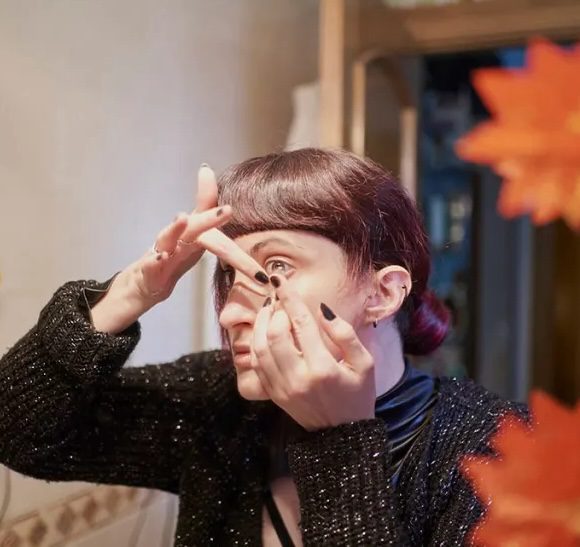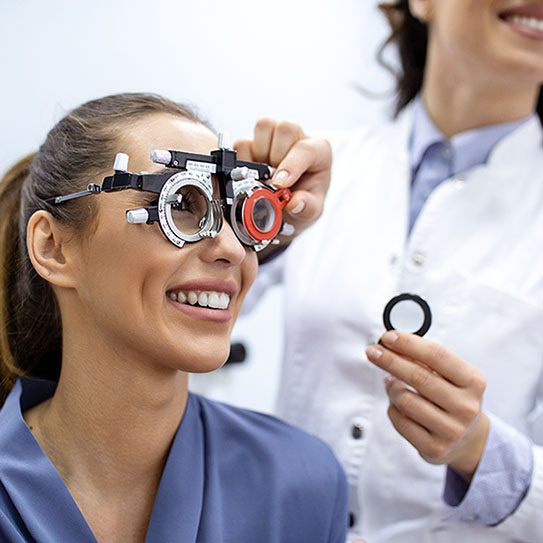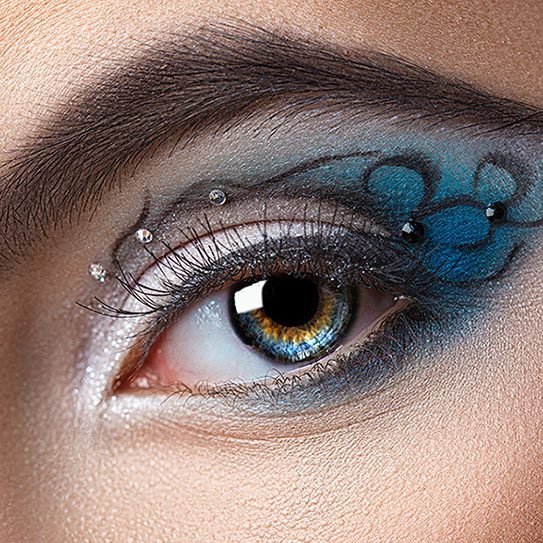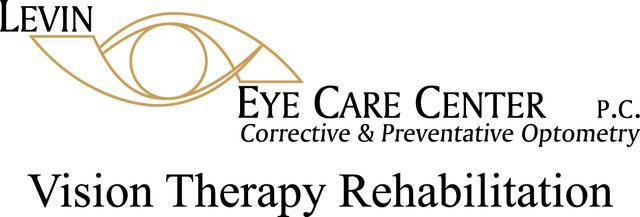
The Connection Between Eyes and Sleep
Being sleep-deprived can hit the body like alcohol, but how does it affect our eyes?
October 9, 2024
No Comments

Minimizing the Risk of Home Eye Injuries
An astounding 90% of eye injuries are preventable.
October 2, 2024
No Comments

Staying Ahead of Our Aging Eyesight
Aging brings many changes, and our eyesight is no exception.
September 25, 2024
No Comments

Sourcing Reliable Costume Contacts
Nothing beats costume contact lenses as a finishing touch on a great costume.
September 18, 2024
No Comments

How Often Should I See an Eye Doctor?
Eye exams are a crucial part of maintaining our overall health.
September 12, 2024
No Comments

Be Careful of These Eye Makeup Risks
When it comes to your eyes, health and safety should always come before beauty.
September 4, 2024
No Comments
